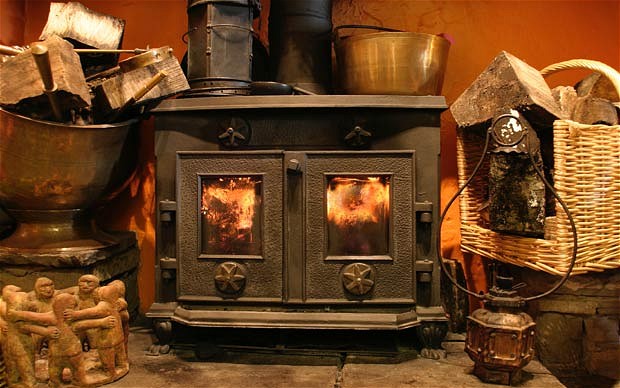There is concern and confusion in equal measures regarding proposed changes to the stove industry although ultimately they will end up being minor tweaks to the current system. Some reason the authorities seem to group together modern day wood-burning/multifuel stoves which are highly efficient with their older counterparts of years gone by. However, there is a growing belief that older stoves are in many ways a victim of their own success.
Built to last
We regularly hear stories of people installing stoves literally decades ago which need minor repairs and relatively little ongoing maintenance. In fairness, there may well have been a reduction in their level of efficiency from the date of installation but the fact that many are still going literally decades later shows these machines were built to last. In some ways older wood-burning/multifuel stoves may well become a victim of their own success amid calls for a stove scrappage/replacement scheme.
If it isn’t broke then why fix it?
If the relatively old stove you have installed in your home works perfectly well, pumping out enough heat for your needs, then why replace it? It is perhaps a little more understandable when the stove is struggling, constant wear and tear is having an impact on the cast-iron body and it will eventually need replaced but if it ain’t broke why fix it?
There is obviously the environmental issue to take in consideration and the fact older stoves are less efficient compared to their modern day counterparts – and release a greater number of particles into the atmosphere. While talk of a stove scrappage scheme has been around for some time it will need a very attractive offer to encourage those with older stoves in perfectly good working order to replace them.
Basic but extremely well crafted
While there is no doubt that the technology associated with modern day stoves has improved dramatically over the last 20 years, the basic shape and structure has remained relatively unchanged for decades. We still have an array of stoves available today with an extremely durable cast-iron body which is to all intents and purposes bombproof!

It is elements such as the baffle plate and firebricks which may well need replaced over the years but compared to the cost of installing a new stove the financial outlay is minuscule. Those with a greater understanding of the basic design of stoves will be well aware of their durability. We regularly hear of stoves still in good working order 20, 30 and even 40 years after being installed. The durability of an older stove will obviously depend upon the design but also how often it is used and if it is used in the correct manner.
Regular maintenance is still the key
There are many examples of extremely durable stove bodies around many years after installation but there is still a need for regular maintenance. Cleaning out soot and other deposits, inspecting and replacing elements such as the baffle plate when showing signs of damage and regularly cleaning out the flue system will all extend the life of your stove. Whether or not we will see the introduction of a government backed stove scrappage scheme remains to be seen but what we do know is that it will be a challenge persuading those with perfectly viable older wood-burning stoves to replace them with a more efficient modern day counterpart. It will take a significant financial carrot!
